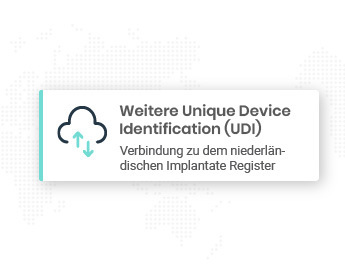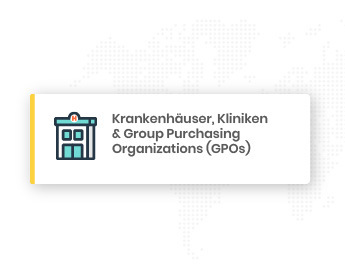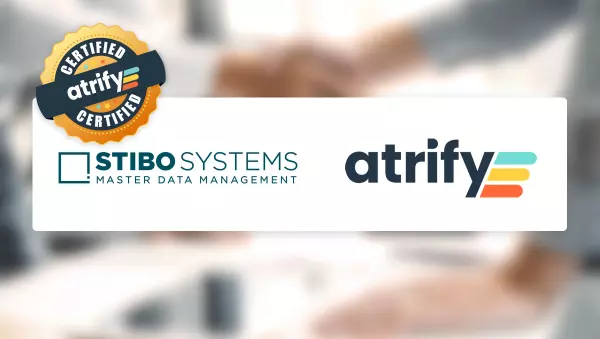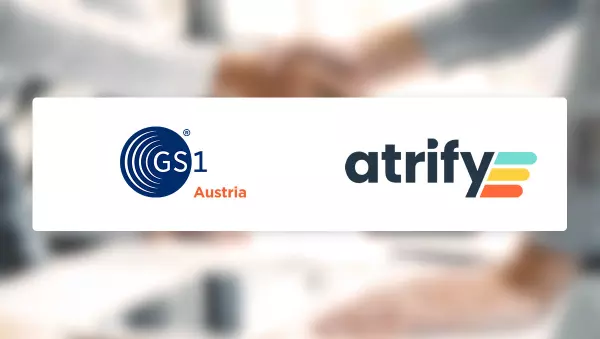
In my day-to-day business, I often explain the concept of an M2M connection to atrify's GDSN data pool to our customers. GDSN stands for Global Data Synchronization Network. In this blog I would like to explain the use case for an M2M connection and how it works.
In my day-to-day business, I often explain the concept of an M2M connection to atrify's GDSN data pool to our customers. GDSN stands for Global Data Synchronization Network . In this blog I would like to explain the use case for an M2M connection and how it works.
The GDSN connection via M2M
In order to connect your Enterprise Resource Planning (ERP) systems directly to the atrify GDSN data pool, a machine-to-machine (M2M) connection must be established via the common communication channels AS2 or SFTP. This type of electronic data exchange represents the most comprehensive and scalable form of the worldwide exchange of product content - that's why I consider it the supreme discipline of electronic data exchange.
Data providers who send their data via M2M do not need to worry about whether potential data recipients are connected to the same or a different GDSN data pool. Data pools - such as the atrify Data Sync Engine (DSE) - do this for you.
How the GDSN choreography works - from a technical point of view
The product data is simply sent to the data pool via a catalogItemNotification (CIN) message, where validations such as Go through XML schema validation and comprehensive GDSN rules. If the data is valid, its content is stored in the databases of the data pool, where it remains for later use.
The data pool confirms with a gdsnResponseMessage with the specification “ACCEPTED” when the data record has passed the check successfully. If the GDSN content or the XML structure is not valid, the data pool responds with an exception / gdsnResponseMessage with the specification “ERROR”, which indicates the problem (s).
Atrify's Data Sync Engine (DSE) offers the option of either publishing for an entire target market in order to maximize the number of recipients or to data recipient GLNs in order to limit the visibility of the data to certain recipients. With a TradePartnerDependent (TPD) CIN message you can even provide different recipient-specific information for a certain subset of GDSN attributes, e.g. 'minimumTradeItemLifespanFromTimeOfArrival' or ' startAvailabilityDateTime '.
As soon as you decide to publish your data, GDSN data pools expect a CatalogueItemPublication (CIP) message that contains basic information such as your GLN, the GTIN (s) concerned and the recipient GLN (s) or the target market. atrify's DSE validates the message and stores the information stored in the CIP in the databases of the data pool for later use.
As soon as a business partner or other retailer adds a CatalogItemSubscription (CIS) to either your GLN or the target market in which you may have published articles, the data pool that the recipient is working with sends the CIS to the GDSN Global Registry for the source data pool (SDP) and forward the subscription. The SDP identifies suitable subscriptions for available publications, creates an entry in a so-called “SyncList”, exports the data in CIN messages and sends them to the Recipient Data Pool (RDP), which in turn forwards them to the recipient's system.
atrify offers a German catalog - which has an active target market subscription that is used by retailers to browse products from potential business partners that have been published either in the target market Germany or in the German catalog itself.
atrify's Approval is a solution with which data recipients can easily subscribe, receive and approve product content via the GDSN using an Internet browser. Approval automatically validates all entered data against all target market-specific requirements and then automatically creates a CatalogItemConfirmation (CIC) message that either indicates a successful “SYNCHRONIZE” or, in the case of invalid / incomplete data from the target market, a “REVIEW” with additional information about the content to be corrected. This CIC message is sent to the data pool of the data provider and forwarded to it from there.
In my next blog I would like to provide information about the most common mistakes
To the original article














